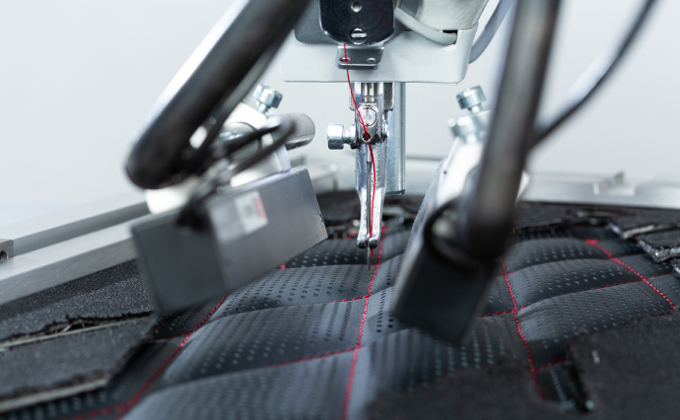Climate change and the environment is an enormous and complex topic, but it is also a very important one. It is crucial for any business, particularly one that manufacturers or imports, to look at the environmental impact of their business and their products. Creating a product inherently has an environmental impact, and although that impact will vary hugely depending on the product, there are steps anyone can take to limit this impact. In this blog, we will talk about the steps we at Town & Country Covers have taken to try to alleviate this impact with our products. Future blogs will talk about what we are currently looking into and things we would like to do in the future.
Packaging is one of the largest and most visible contributors to single-use plastic waste and seems like a very good place to start. While plastic has a huge range of applications and uses, single-use plastic is a huge contributor to landfill. In 2019 we removed the plastic bag from the packing from our seat covers, they now ship in a cardboard box rather than a plastic bag inside a box.

We looked at whether the plastic bag was necessary. While it certainly is convenient and provides an extra layer of protection if the box is damaged during shipping, we decided it wasn’t necessary. The nature of the product, a heavy-duty, protective seat cover, and after making a small tweak to the box design, allowed us to remove the 5-gram plastic bag. The product didn’t need the protection that the plastic packaging offered. With monthly sales over units, this reduces the amount of plastic going to landfill by 60kg a year.
The outer packaging in which we ship goods is another area we have looked at our environmental impact. We have changed the tape we use in our warehouse to Paper Kraft Tape which saves in the region of 200g of plastic, compared to traditional packaging tape. With how much tape we use, this saves around 4 – 5kg per week. Small changes like this can really add up over time.
A lot of times making decisions based on their environmental impact can have a positive business impact and vice-versa. One such example comes from a decision made around shipping products from manufacturers in China. There is clearly an environmental cost to shipping goods from China. There are, however, ways that this environmental cost can be reduced.

Shipping goods in larger containers and ensuring these are as close to capacity as possible is a way of reducing an individual product’s CO2 footprint, as it spread between as many products as possible. Shipping in this way reduces the amount of unused space that is being shipped and means goods need to be shipped less often. This also has a positive impact on the business, especially in a time of increasing shipping costs, as increasing the efficiency of importing goods helps mitigate these rising costs.
Moving all our patterns to a digital format using Gerber software is another example of combining business improvements and reducing environmental impact. This was a logical step from a business point of view as it means our patterns are stored more securely and it is much easier to share them with our factories, making improving products easier. From an environmental point of view, the software we use for digitising patterns can tell the factories the most efficient way to cut the rolls of material to reduce wastage. The accuracy of the digital patterns also allows there to be fewer and less frequent samples sent between us and the factories, again reducing the CO2 footprint associated with developing a product.
This is certainly not an exhaustive list of things we have implemented to help reduce our environmental impact. We are very aware there is more we could be doing, and this is an area we are continually looking to improve. We are hoping this can start conversations or give other people and organisations inspiration to look at ways they can lessen their environmental impact. Future blogs will feature things that we currently have in progress around this topic and aspirations we have for the future.

